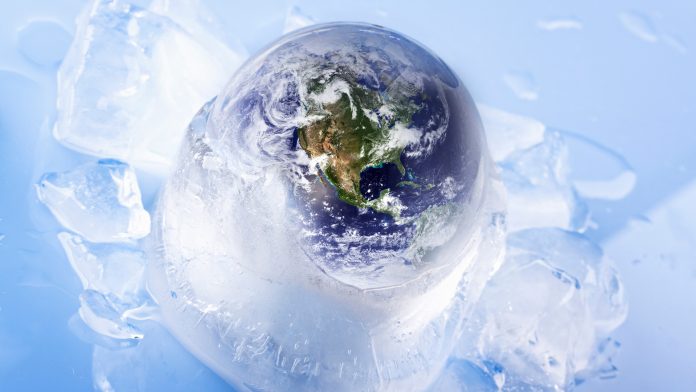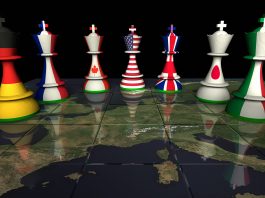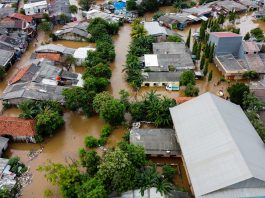A new study has revealed that the Earth’s cryosphere – the composition of frozen water on the planet – is being eradicated at a staggering rate each year.
The research, conducted by scientists at the Lanzhou University has signified that the Earth’s global cryosphere is diminishing at a rate of around 87,000 square kilometres per year (33,000 square miles), an astronomical area which is roughly equivalent to the size of Lake Superior – the largest freshwater lake on the planet by surface area.
This novel study, which is published in Earth’s Future, is the first of its kind to comprehensively analyse the surface area of the Earth that is covered by snow cover, sea ice, and frozen ground – the cryosphere.
The critical function of frozen water
The Earth’s cryosphere plays a crucial role in maintaining ideal conditions for sustaining life on the planet, as its bright white surface effectively reflects sunlight, which produces a cooling effect for the world. Subsequently, this means that reductions in the size and location of the cryosphere can have severe consequences for the planet, resulting in modifications for air temperatures, global ocean currents, and changes in the sea level.
“The cryosphere is one of the most sensitive climate indicators and the first one to demonstrate a changing world,” said first author Xiaoqing Peng, a physical geographer at Lanzhou University. “Its change in size represents a major global change, rather than a regional or local issue.”
The Earth’s cryosphere comprises around 75% of the total fresh water on the planet, with reductions in glaciers in mountainous regions threatening drinking water supplies; multiple scientific studies have indicated that reduced snow cover, shrinking ice sheets, and loss of ice in the Arctic Sea are attributable to climate change. However, until now, no study has examined the response to warmer global temperatures of the Earth’s cryosphere.
Investigating the cryosphere
To explore their hypothesis, the team measured the daily extent of the cryosphere, averaging the data to produce a yearly estimate between 1979 and 2016, discovering that although it is understood that the cryosphere fluctuates seasonally, that it has diminished consistently since 1979 in direct correlation to climate change exacerbated air temperatures.
The researchers identified that the most pronounced reduction was exhibited in the Northern Hemisphere – around 102,000 square kilometres (about 39,300 square miles) annually – comparable to the size of Kansas. However, these reductions are offset minimally by annual growth of 14,000 square kilometres (5,400 square miles) in the Southern Hemisphere, most predominantly in the sea ice of the Ross Sea around Antarctica. This is believed to be caused by wind and ocean current patterns, in addition to cold meltwater from the Antarctic ice sheets. This analysis distinguished that the global cryosphere was reducing, in addition to various regions staying frozen for less time, with the average first day of freezing starting around 3.6 days later than 1979: the ice melting 5.7 days earlier also.
Shawn Marshall, a glaciologist at the University of Calgary, who was not involved in the study, said: “This kind of analysis is a nice idea for a global index or indicator of climate change. A natural next step would be to use these data to examine when ice and snow cover gives Earth its peak brightness, to see how changes in albedo impact the climate on a seasonal or monthly basis and how this is changing over time.”
Subsequently, the researchers divided the surface of the planet into a grid system to calculate the extent of the Earth’s cryosphere, utilising existing data of global sea ice, snow cover, and frozen soil, classifying each section of the grid as a section of the cryosphere if it contained at least one of the three components. From this, the team extrapolated the extent of the loss on a daily, monthly, and yearly basis for the 37 years of the study. The team are now aiming to use this data to further investigate the impacts of climate change on the cryosphere, such as on ecosystems, carbon exchange and plant and animal life cycles.





